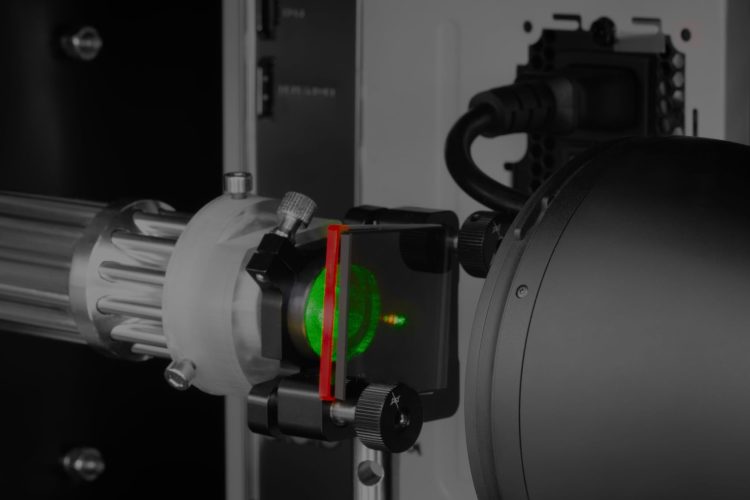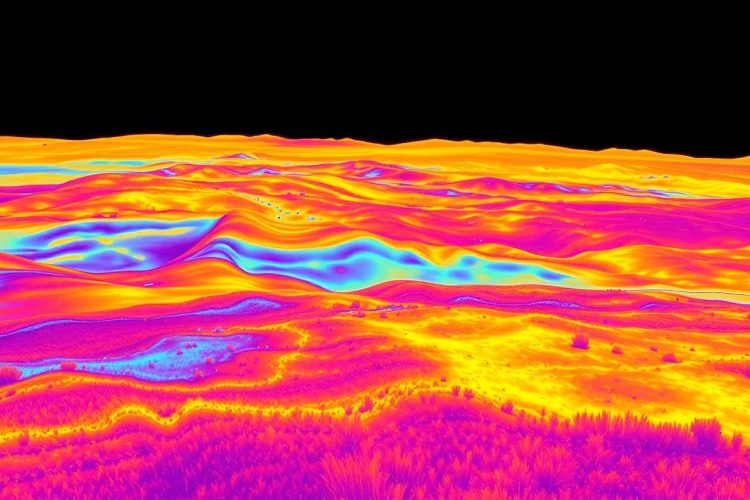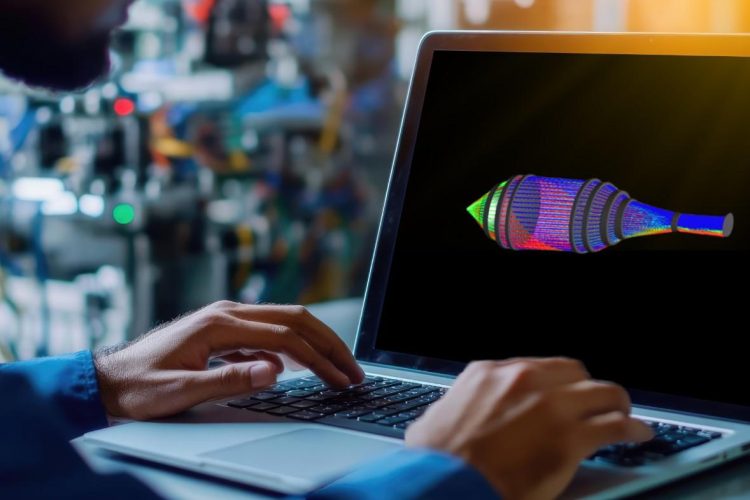Key Takeaways Optical waveguides guide light using refractive index contrast, essential for quantum photonic circuits. Strip, rib, and slot geometries offer trade-offs in confinement and loss. Key design priorities include minimizing propagation and coupling losses, maintaining phase stability, and enabling dense, scalable integration. Materials like silicon, SiN, LiNbO₃, and AlN support varied quantum functions. Applications […]










